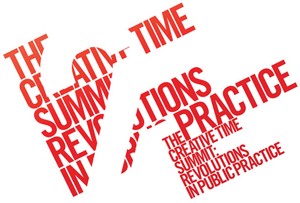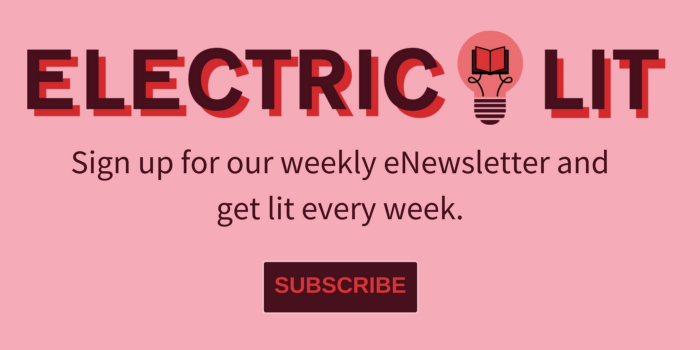news
CREATIVE TIME, Episode 2

One of the most compelling aspects of the second day of the Creative Time Summit, which closed Sunday evening, was the sustained conversation across topics about privilege and diversity. A hard thing about working in art and activism is building coalitions — whether it’s due to barriers in the way others working on similar concerns feel about the involvement of artists, or merely what kinds of groups we have access to as artists. I speak specifically from my experience as an artist working in an academic context, in a department that is exclusively white and overwhelmingly male. But the presenters during Creative Time’s second day proved that it is not impossible to build diverse and self-reflexive coalitions; it can be a part of an artistic practice committed to affecting positive change.
With this in mind, the panel that stuck out the most was the session on Governments. Keynote Laurie Jo Reynolds, whose project Tamms Year Ten addresses the human rights abuses in the Illinois supermax prison Tamms, has effectively built a practice that involves playful artistic intervention, coalition building, and legislative pressure to raise awareness and work for justice for inmates at Tamms. The playfulness of many presenters’ projects brought to mind the distinction between participation and engagement, and the ways in which artists can play with, bend, and in some cases break the systems we find ourselves embedded in as practitioners, academics, theorists, citizens, and human beings.
Structuring a conference on public practice essentially around audience questions helped develop overarching narratives and allowed the group to connect themes across presentations, so Sunday’s questions were often just as much about how each topic fits into the bigger picture of the future of art and civic engagement as they were about individual artists’ or curators’ practices. In addition to being an excellent formal reflection of the message behind the conference, this format foregrounded conversations that might have occurred on a backchannel like Twitter that, in many ways, were as important to conference presenters and attendees as the formally curated conversations explored in presentations. What, after all, is the point of being in a room with other practitioners if not to have a conversation about practice?
Sunday’s takeaway was ultimately hopeful — that as artists, we are uniquely positioned to address the political and civic concerns of the 21st century, in which politics-as-usual and the civic life of our predecessors have failed us. Critically engaging late capitalism requires new, constantly evolving tactics, as those which were previously effective are co-opted by a system of production that is overwhelming and totalizing. The presenters at the Creative Time Summit point toward a future where the playful, the creative, and the generative are important to civic life.
Archived video footage of the entire summit is available here.
CREATIVE TIME, Episode 1 here.
–Cayden Mak is a Buffalo-based cyborg, educator, game designer, and theorist.
Photo: The Conversation Room, photograph by Sam Horine, courtesy Creative Time.









